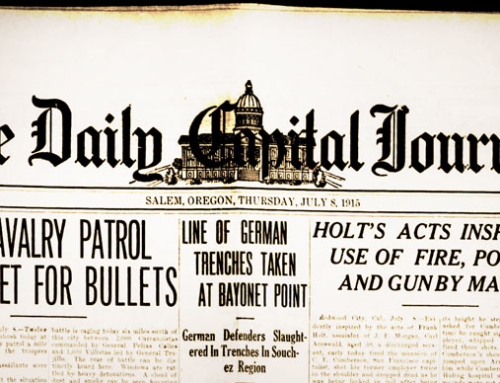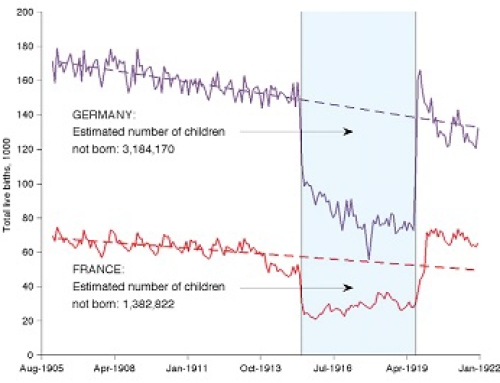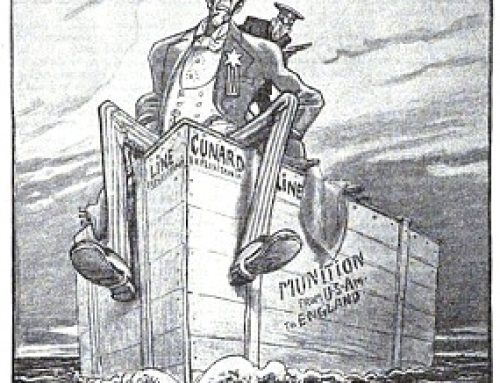By Richard van Pelt, WWI Correspondent
The assassination of the Archduke led to a crisis that within a month resulted in a continent-wide war. By August of that year, readers in Salem are following rumors of naval engagements off the coast of California. It all started in the Balkans.
After the ejection of the Austrians from Italy 1859 and Germany in 1866, the Balkan region became the pre-eminent focus of Austro-Hungarian foreign policy. Unfortunately, this narrowing of geo-political range happened to coincide with an era of growing volatility across the Balkan peninsula. The underlying problem was the waning of Ottoman authority in south-eastern Europe, which created a zone of tension between the two great powers with a strategic interest in the region. Both Russia and Austria-Hungary felt historically entitled to exercise hegemony in those areas from which the Ottomans withdrew. (Christopher Clark, The Sleepwalkers – How Europe Went To War in 1914 78)
During the middle decades of the 19th Century independence movements in Europe kept mapmakers busy as war after war changed the map. In the north, the nation we know of today as Germany emerged as Bismarck and Prussia expanded to incorporate what had once been dozens of small duchies, principalities, and cities, and which included a short war with Austria. Italy, too, emerged as the Piedmont successfully broke away from the Austrian Habsburg Empire.
In the Balkans, revolts against the Ottoman empire produced more new states: Serbia, Bulgaria, Montenegro, Greece, and Albania. The Ottoman Empire was a vast and unwieldy multi-ethnic, multi-religious entity that had once stormed the gates of Vienna and extended through the Balkans and included North Africa, and the Middle East, including present day Syria, Iraq, Turkey, Iran, Lebanon, Israel, and the Arab peninsula.
The Balkans were the object of interest, competition, and dominion of four major powers: Austria-Hungary, Russia, Germany, and the Ottoman Empire. the multi-ethnic Ottoman Empire was a melange of ethnic groups: Serbs, Croats, Bosnians, Bulgarians, Rumanians, Albanians, Greeks, to name a few. There were five religions: Islam, Judaism, Roman Catholic, Serbian, and Greek Orthodox. The demographics defied mapping as people lived and worked together with often little sense of ethnic identity. Mostly they identified themselves by their faith.
Nationalist aspirations that led to the creation of new states then led to irredentism. Irredentism comes from the Italian and stands for the “unredeemed.”With the emergence of Serbia, there also emerged the idea that the state of Serbia should encompass all those who were “Serbian.”As ethnic-based states came into being, those who had lived in the same area for generations, suddenly became aliens, and with that came what the Balkan crisis of the 1990’s termed “ethnic cleansing.”
the Balkans became a site of aggressive nationalism, fomented and fostered by the Great Powers carving out spheres of influence as the Ottomans gradually withdrew from Europe. The withdrawal and collapse of the Ottoman Empire created a geopolitical vacuum in the Balkans. Grievances, real or imagined drove international politics as perceptions ended up carrying greater weight than reality.
Beyond the Balkans, Germany, France, Russia, and Great Britain entered into or crafted alliances designed ostensibly to maintain peace through a balance of power. As intricately crafted as they were, the eventual global conflict grew out of what we would call today “unintended consequences.”







Leave A Comment